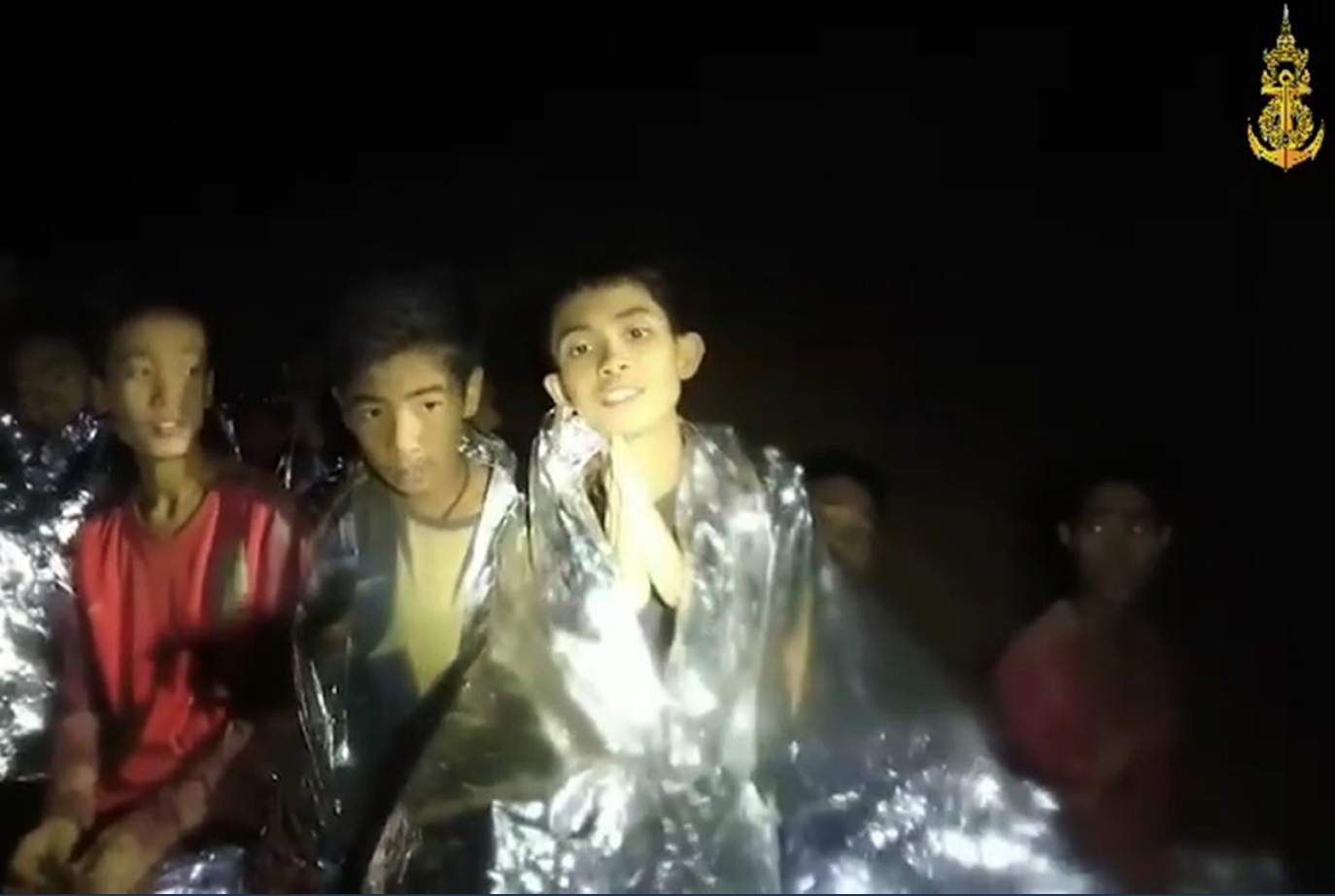How imagery and media coverage influence our empathy for strangers
In response to the ongoing mission to rescue 12 boys trapped in a cave in Thailand, The University of Queensland’s Dan Crimston analyses the global media attention the situation has received.
Footage of 12 boys trapped in a cave system in Thailand has inundated our screens in recent days.
An international rescue effort is under way, which includes a team of specialists sent by the Australian government to assist with the safe recovery of the young soccer team. Highlighting the gravity of the situation, a former Thai Navy diver has died after running out of oxygen during rescue efforts.



Hi Dan, just read your Conversation article. Spot on! I’ve been living on the edge re those boys in Thailand because they are under our noses 24 hours a day. It’s so easy to forget the people on Nauru and Manus, even if we do care about them. I’ve put your article on FB, hope you don’t mind. A reminder about those other poor imprisoned kids. What can we do…?
Cheers, R